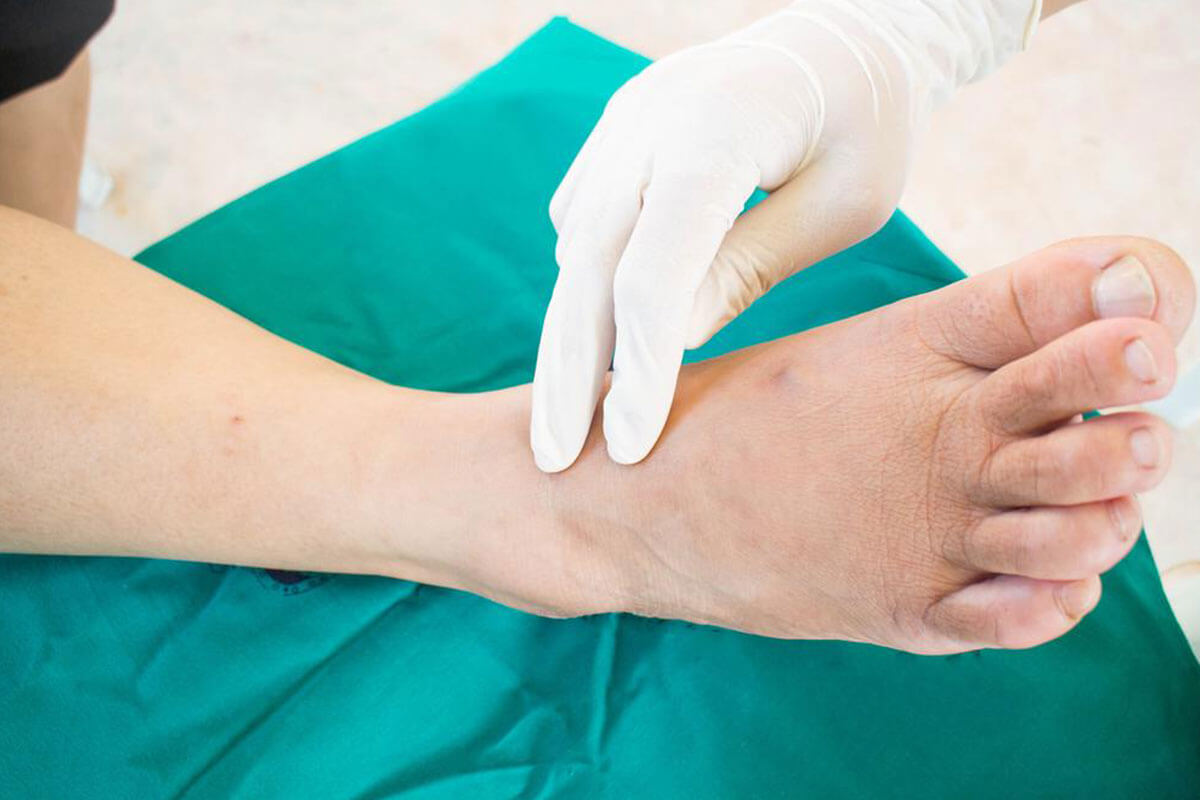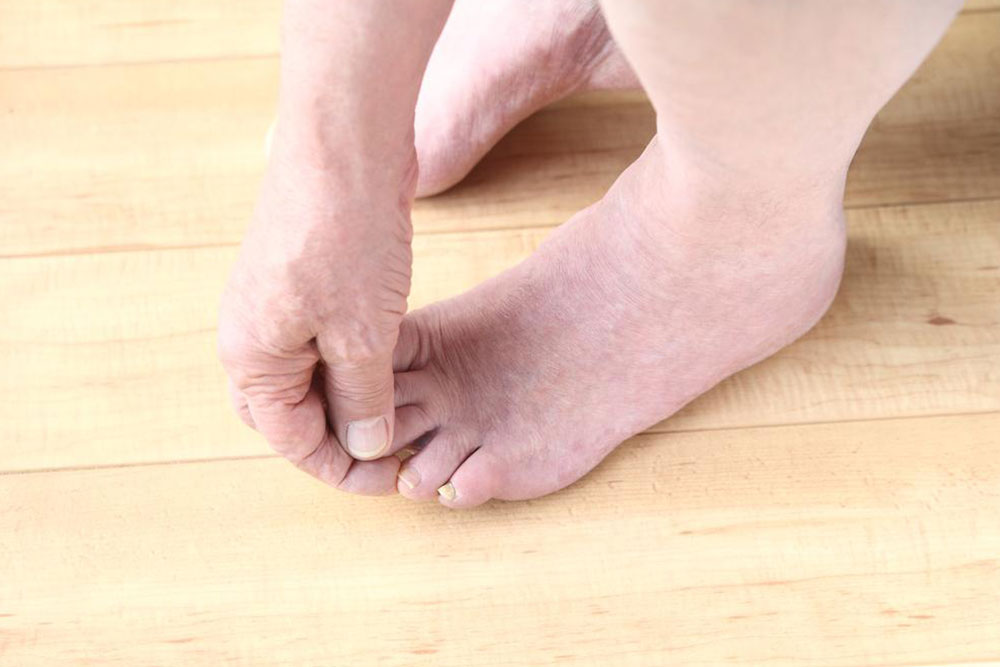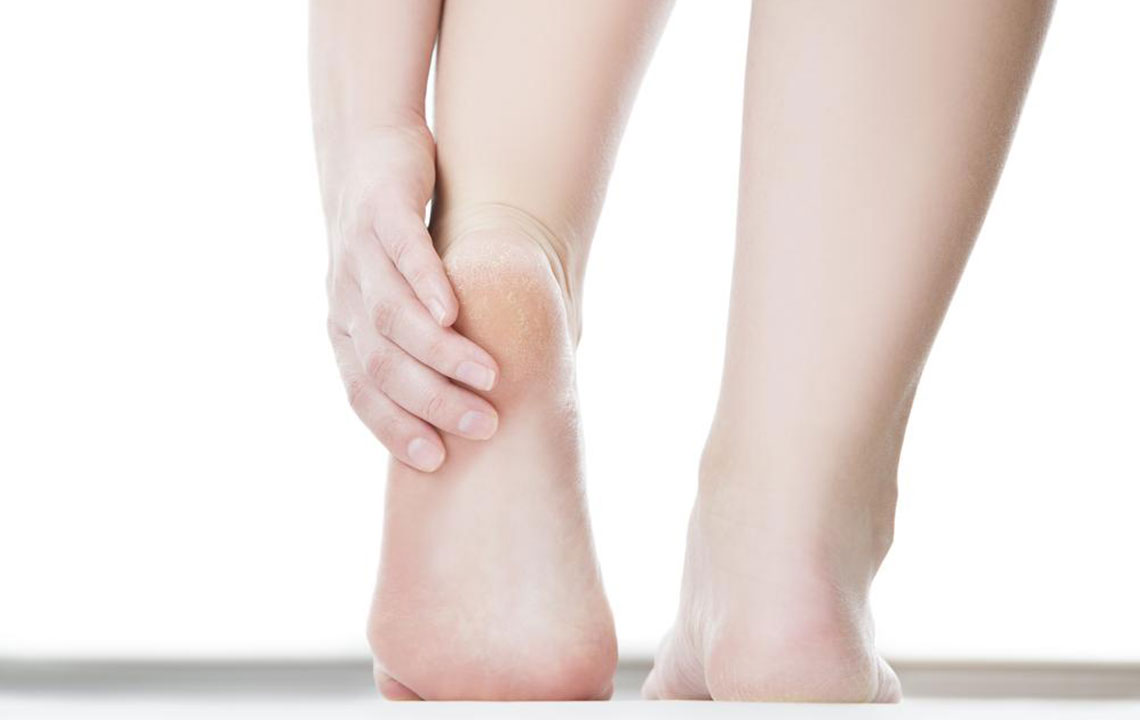Comprehensive Guide to Managing Foot Problems for People with Diabetes
This comprehensive guide offers valuable insights into managing common foot issues among diabetics, emphasizing prevention, early detection, and treatment options. Learn effective strategies to protect your foot health, reduce complications, and improve quality of life with expert tips and practical advice tailored for diabetic individuals. Prioritize foot care and stay informed to prevent severe outcomes like infections and amputations.

Effective Strategies for Preventing and Treating Foot Issues in Diabetic Patients
People living with diabetes are at a higher risk of developing a variety of foot-related health issues. This increased susceptibility is due to the complex effects of high blood sugar levels, which can impair nerve function and blood circulation in the extremities. Neglecting proper foot care can lead to serious and potentially life-threatening complications, including infections, ulcers, and even the possibility of limb amputation. However, with the right knowledge, diligent care, and appropriate medical treatment, many of these foot problems can be either prevented or effectively managed, significantly improving quality of life for diabetic individuals.
Understanding the different types of foot conditions associated with diabetes is vital for early intervention and prevention. A proactive approach can help detect issues early, preventing them from escalating into severe stages. In this comprehensive guide, we will explore common diabetic foot problems, available treatment options, preventive strategies, and tips to maintain healthy feet. Stay informed to protect your foot health and reduce the risk of complications.
Understanding Common Foot Conditions Linked to Diabetes
Diabetes impacts the body in multiple ways, notably affecting the feet. The two primary pathways through which diabetes causes foot problems include nerve damage (neuropathy) and poor blood circulation. These issues often occur concurrently, exacerbating the risk of injury, infection, and delayed healing. Recognizing signs and understanding how to address these issues can make a crucial difference in managing foot health effectively.
Peripheral Nerve Damage and Neuropathy
One of the most common foot complications among diabetics is peripheral neuropathy, a condition characterized by damage to the peripheral nerves. This nerve damage results in loss of sensation, pain, tingling, and numbness in the feet and legs. As sensation diminishes, individuals may not notice minor injuries such as cuts, blisters, or ulcers, which can easily become infected if unattended. Over time, these unnoticed injuries may lead to more serious complications, including severe infections and tissue death.
Managing diabetic neuropathy involves a combination of medication, lifestyle modifications, and foot care routines. Medications such as anticonvulsants or antidepressants may be prescribed to alleviate nerve pain. Regular foot inspections, using mirrors if necessary, are vital to detect injuries early. Sensory testing by healthcare professionals can assess nerve function, helping tailor appropriate treatment plans. Additionally, maintaining optimal blood sugar levels can slow the progression of neuropathy and improve nerve health over time.
Prolonged nerve damage can diminish the foot's ability to feel pain and temperature, increasing vulnerability to injuries that go unnoticed and untreated. This underscores the importance of daily foot inspections and proactive care.
Diabetic Foot Ulcers
Persistent elevated blood sugar levels can impair the body's ability to heal wounds, especially in the extremities. As a result, small cuts or blisters may develop into open sores or ulcers. If not managed promptly, foot ulcers can become infected, leading to severe consequences, including gangrene and the necessity for amputation.
In diabetics, impaired blood flow due to damaged blood vessels hampers the natural healing process. This reduction in circulation makes even minor wounds difficult to heal, creating a dangerous cycle. Preventive foot care — such as moisturizing to prevent cracking, avoiding walking barefoot, and wearing protective footwear — plays an essential role in ulcer prevention. If ulcers do develop, immediate medical attention is critical to prevent complications. Antibiotics, wound dressings, and sometimes surgical interventions may be necessary to promote healing and prevent infection spread.
Callus Formation and Corn Development
Repeated pressure and friction on certain areas of the foot can lead to callus and corns, which are thickened layers of skin. While some callus buildup is normal, excessive accumulation can lead to skin breakdown, ulceration, and pain. Diabetics should pay special attention to areas prone to pressure, such as the soles of the feet and toe tops.
Using custom orthotic shoes, cushioned insoles, and avoiding walking barefoot can significantly reduce callus formation. Regular foot examinations and using soft exfoliating tools can help manage existing calluses, preventing them from escalating into more serious problems.
Fungal and Skin Infections
Fungal infections, including athlete’s foot and toenail fungus, are common among individuals with diabetes. Elevated blood sugar provides an ideal environment for fungal growth, leading to redness, cracking, itching, and skin discomfort. Nails may become brittle, thickened, and crumbly, creating additional health concerns.
Maintaining good hygiene, keeping the feet dry, and using antifungal powders or creams are effective preventive measures. Regular inspection of the skin and nails can catch infections early before they worsen. In case of persistent or severe infections, consulting a healthcare provider for targeted treatment is essential.
Preventive Measures and Foot Care Tips
Inspect your feet daily for cuts, blisters, redness, swelling, or sores.
Keep feet clean and dry; wash with lukewarm water and mild soap.
Avoid walking barefoot, even at home, to prevent injury.
Use cushioned or diabetic-friendly footwear that fits well.
Moisturize your feet daily with lotion, avoiding areas between toes.
Schedule regular checkups with a healthcare professional or podiatrist.
Manage blood sugar levels effectively through diet, medication, and lifestyle.
In conclusion, managing foot health in diabetics requires proactive effort, early detection, and expert care. Educating oneself about the risks, symptoms, and treatment options can significantly reduce the chances of serious complications. Always seek professional guidance if you notice any abnormalities or worsening symptoms. With proper care, many diabetic foot problems can be prevented, allowing individuals to lead healthier, more comfortable lives.





